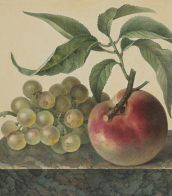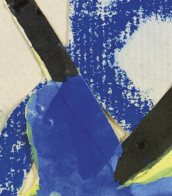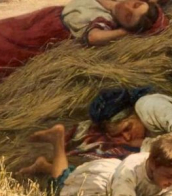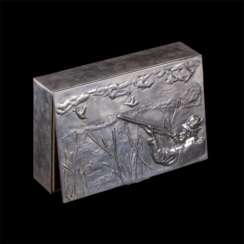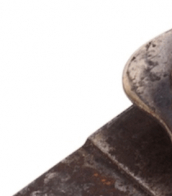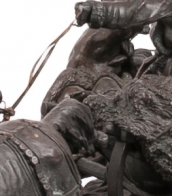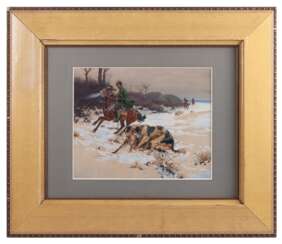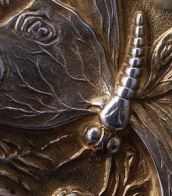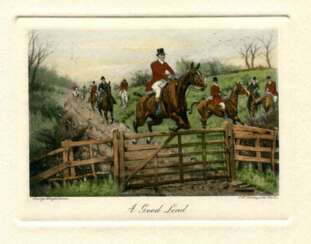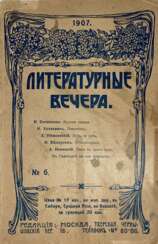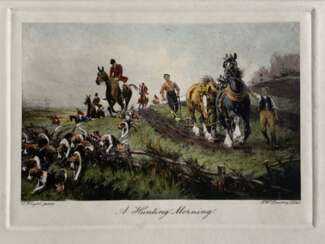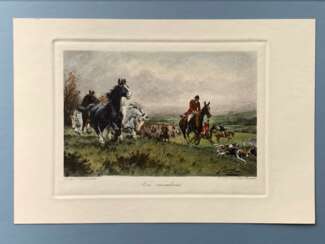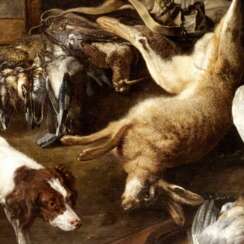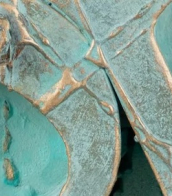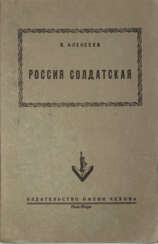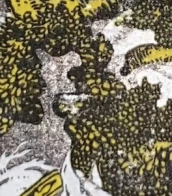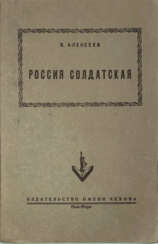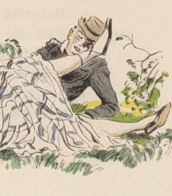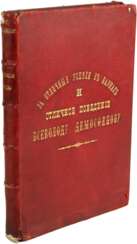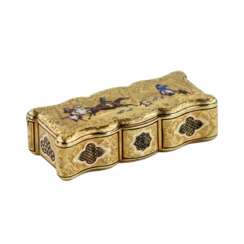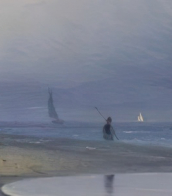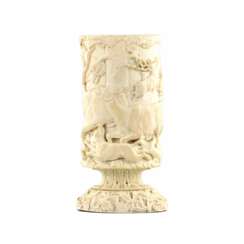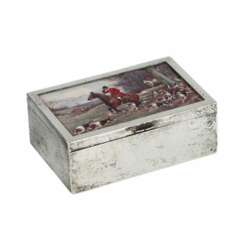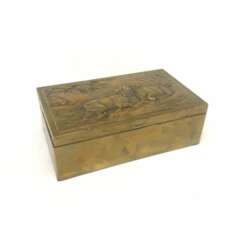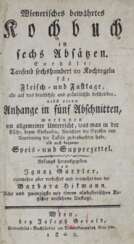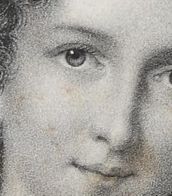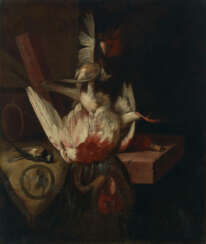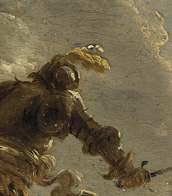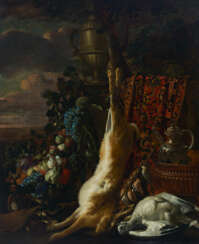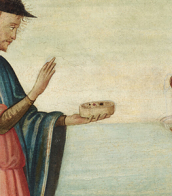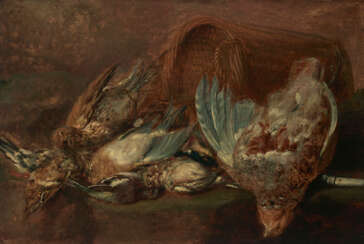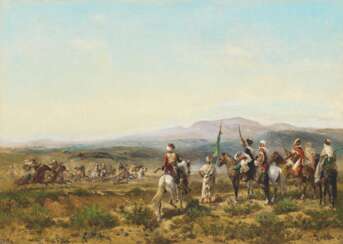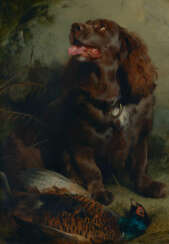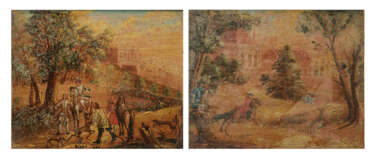на охоте
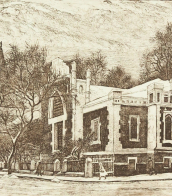
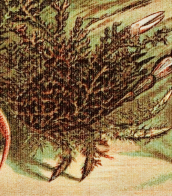
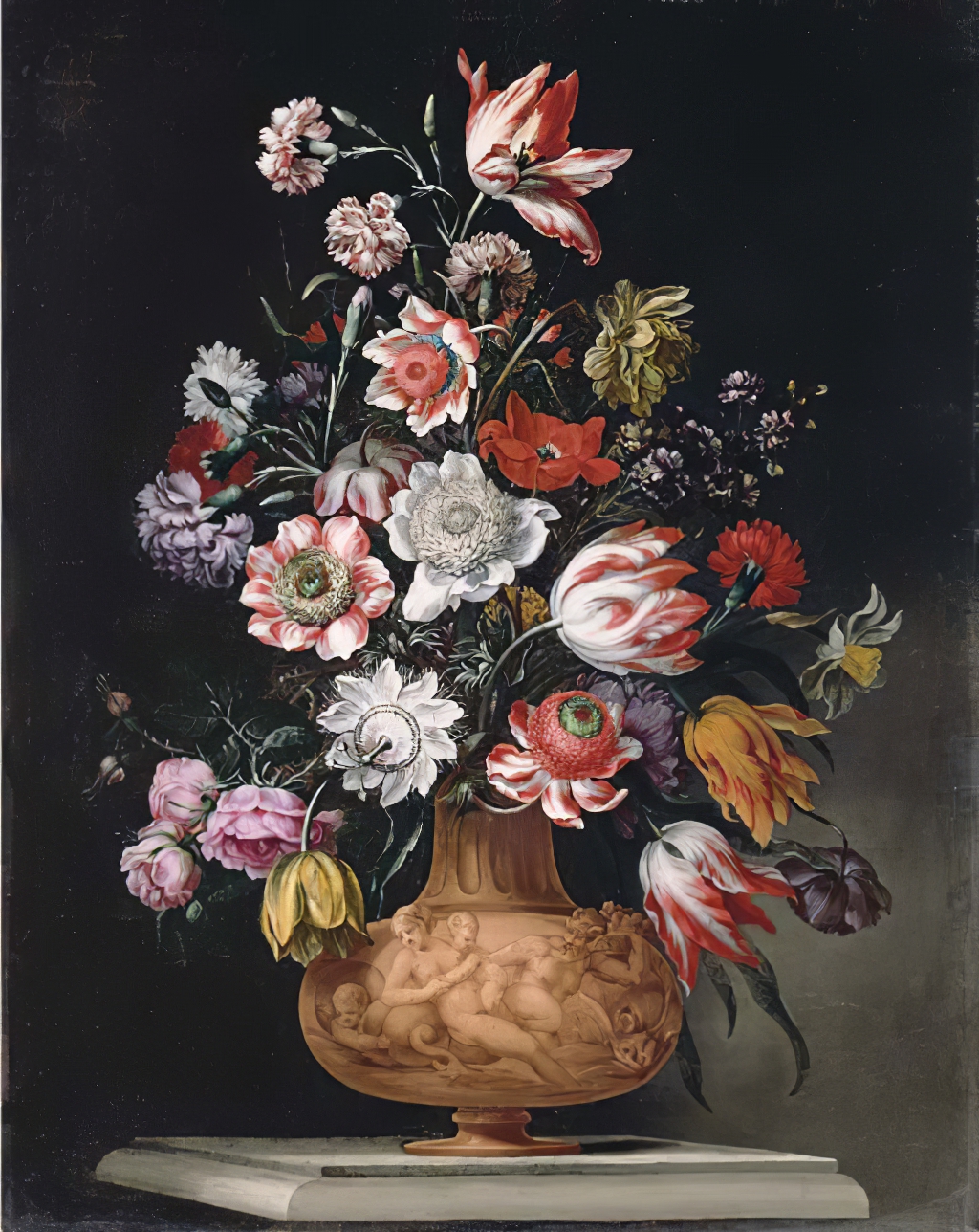
Bartolommeo Ligozzi was an Italian painter known for his colourful and detailed still lifes with flowers and fruit. He belonged to the famous Ligozzi family of artists.
Bartolomeo Ligozzi's paintings influenced botanical illustration. He brought scientific precision to his images, providing valuable documentation of plant species.
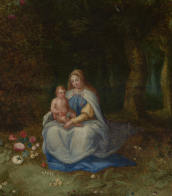
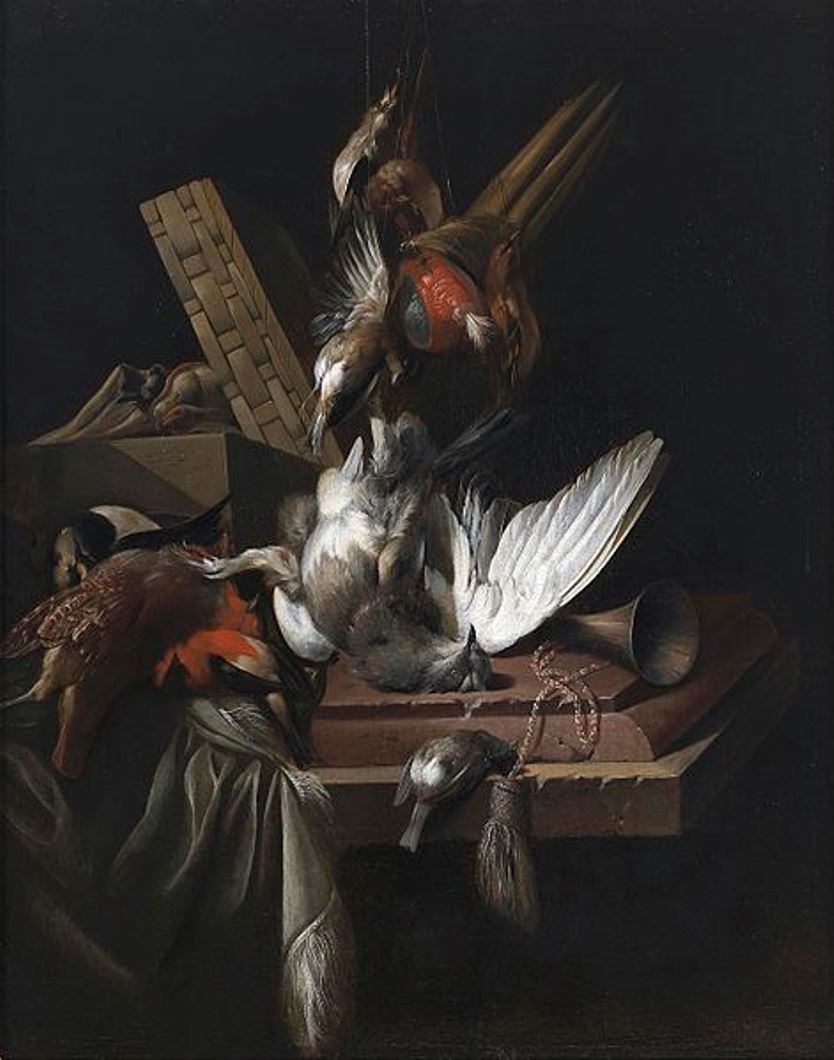
William Gowe Ferguson was a Scottish-born painter who worked and lived in the Netherlands.
Dutch artists of the Gilded Age influenced Ferguson's painting. He was known in Utrecht, The Hague and Amsterdam for his many still lifes with beaten game and hunting ammunition.

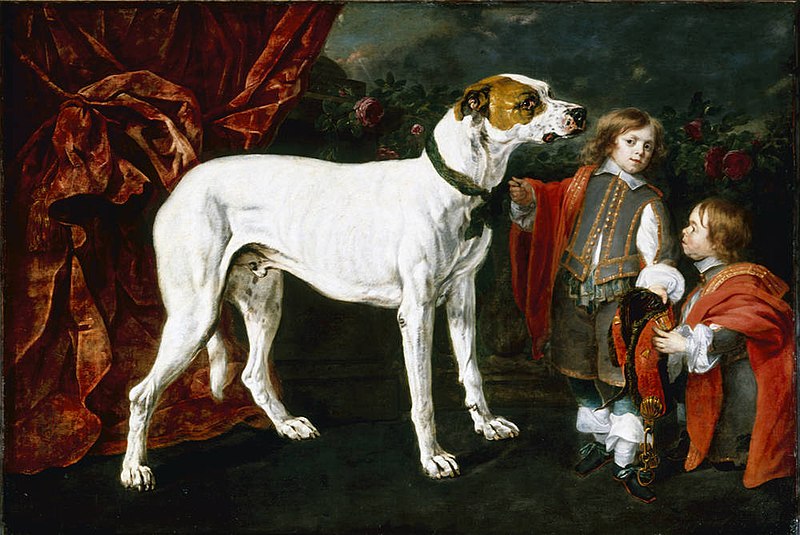
Jan Fyt (March 15, 1611 – September 11, 1661) was a prominent Flemish painter and engraver of the Baroque period, celebrated for his refined still lifes and animal depictions. Born in Antwerp to a wealthy merchant family, Fyt began his artistic training in 1621 under Hans van den Bergh. He later apprenticed with Frans Snyders, a leading master of still life and animal paintings, working in his workshop until 1631. In 1630, Fyt became a master of the Antwerp Guild of Saint Luke.
Between 1633 and 1640, Fyt traveled extensively across Europe, visiting cities such as Paris, Rome, and Venice. In Rome, he joined the Bentvueghels, a society of Northern European artists, where he was nicknamed "Goudvink" (Bullfinch). During his time in Venice, he received commissions from noble families like the Sagredo and Contarini.
Upon returning to Antwerp in 1641, Fyt established his own workshop, producing numerous works that catered to the tastes of aristocratic patrons. His paintings are distinguished by their vibrant palettes, dynamic compositions, and meticulous rendering of textures, particularly the fur and feathers of animals. Contemporaries highly valued his hunting still lifes, as well as his portrayals of flowers and fruits.
On March 22, 1654, Fyt married Françoise van de Sande, with whom he had four children. In 1650, he joined the Antwerp "Sodaliteit der Bejaerde Jongmans" (Sodality of Elder Bachelors), a fraternity that required members to have visited Rome. By 1652, he was elected dean of this guild.
Fyt's artistic legacy comprises approximately 280 paintings, many of which are signed and dated. His works are housed in major museums worldwide, including the Hermitage Museum in St. Petersburg, the Louvre in Paris, and the Kunsthistorisches Museum in Vienna. In addition to painting, Fyt was an accomplished engraver, creating etchings that featured animals and birds.
Jan Fyt passed away on September 11, 1661, in his native Antwerp, leaving an indelible mark on Flemish painting and influencing subsequent generations of artists.
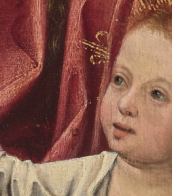
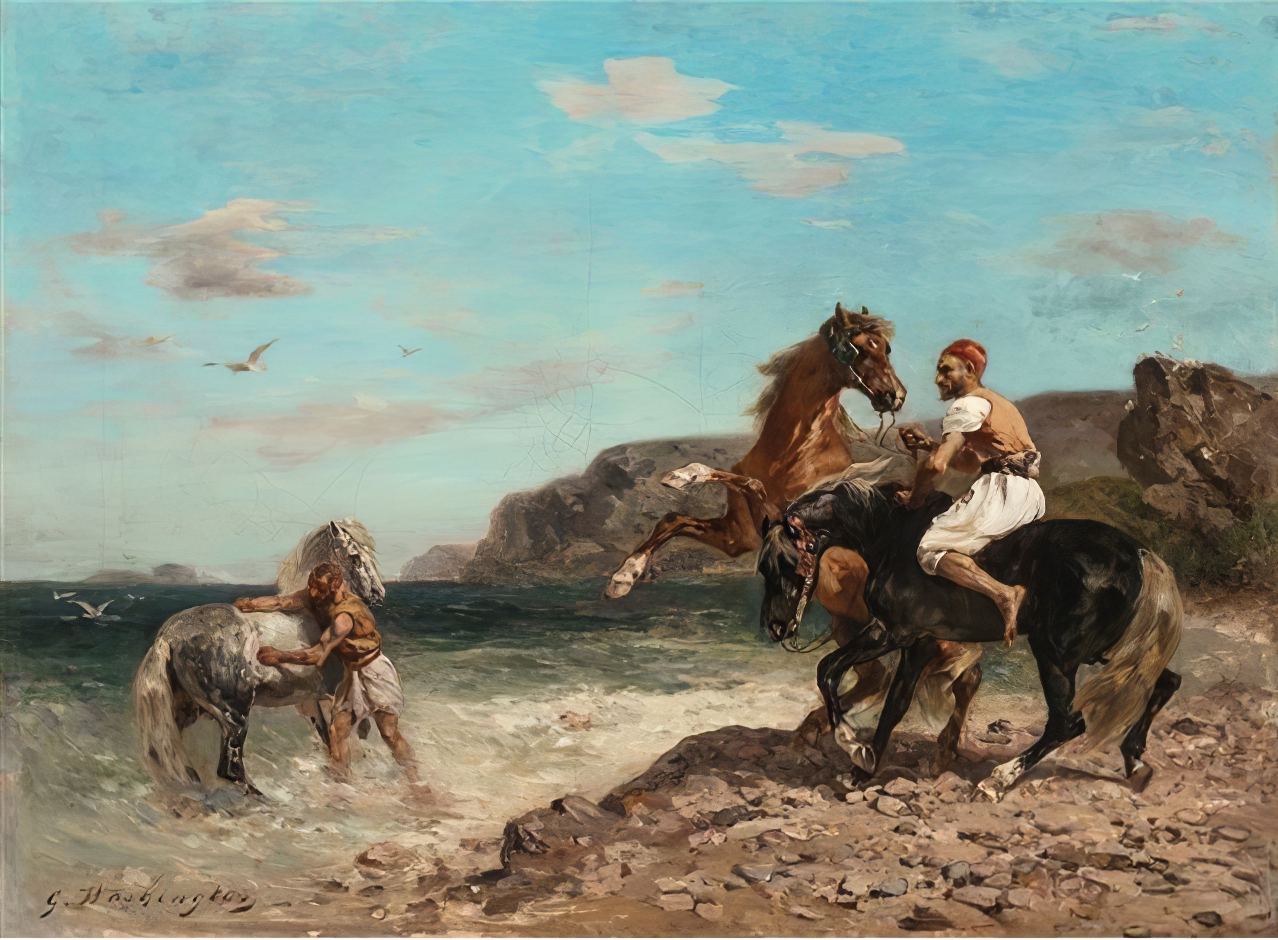
Georges Washington was a French Orientalist painter. Most of his works featured soldiers and horses.
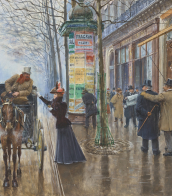
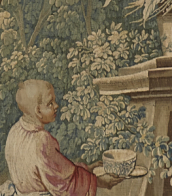
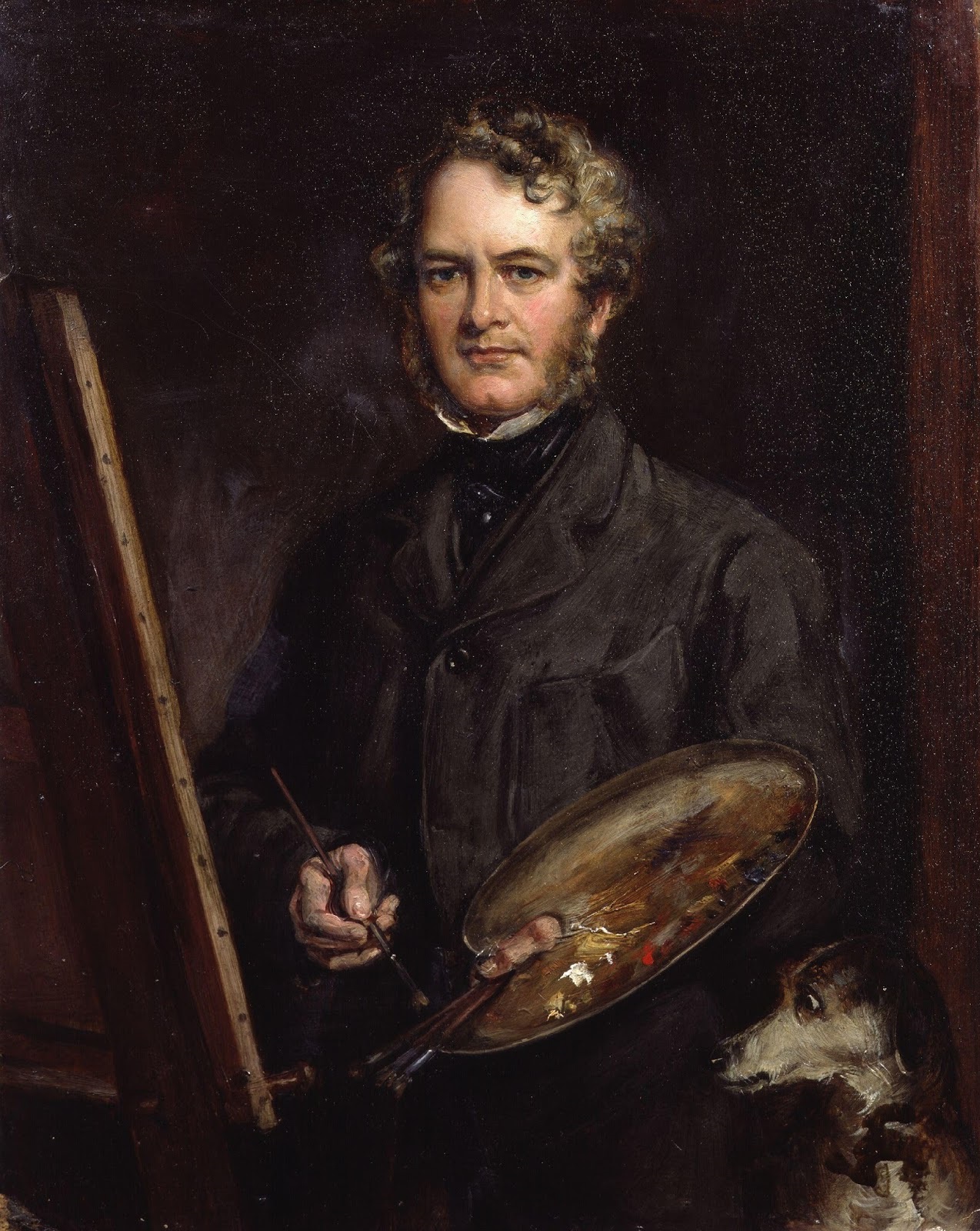
Edwin Henry Landseer was an English painter and sculptor, well known for his paintings of animals – particularly horses, dogs, and stags. However, his best-known works are the lion sculptures at the base of Nelson's Column in Trafalgar Square.

